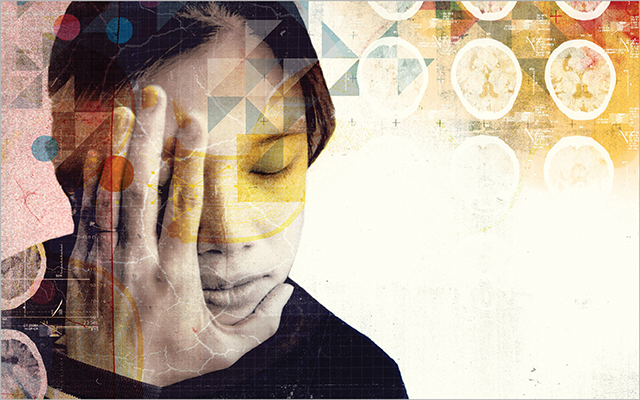Brandon Brock was working as a professional stuntman during summer months in college when he suffered a major concussion, temporarily losing his vision. The incident inspired him to become a functional neurologist and doctor of chiropractics at Cerebrum Health Centers in Dallas–Fort Worth, helping others recover from traumatic brain injuries (TBIs). His advice on what to do after suffering a head injury: Get checked out by a professional sooner than later — it’s better to be safe than sorry.
• If there is loss of consciousness: Brock advises immediately calling 911. “If someone forgets where they’re at or has amnesia, retrograde or anterograde — meaning they don’t know what happened before or there’s a period of time after they don’t remember — they need to go to the hospital,” he says. He recommends not driving someone who has lost consciousness to the ER; rely on an ambulance instead. “If the person who’s been injured has a seizure or something like that, you don’t want to be driving while you’re dealing with the seizure at the same time.”
• If there is a major laceration or contusion: Call 911 and go to the ER, Brock says. “If there are any skull deformities, you need to get the person to the hospital.”
• If there is any display of bizarre behavior: Call 911 and go to the ER. Brock recommends that if the person who’s hurt is acting different, disoriented, or just not like themselves, he or she should be checked out.
“If the injury doesn’t break the skin or doesn’t damage the skull, there’s no change in behavior, there’s no amnesia, and there was no knockout, then you need to watch the person for 24 hours or so,” Brock says. The person needs rest and no mental or physical strain for at least three or four days. “If they’re doing OK, that’s great. If they’re not doing OK, then they need to see a practitioner.”
EMTs and ER personnel will do several kinds of tests for concussions. The most basic is asking several simple questions to test your cognitive response, including your name, the date, and so on. Next, they will check your eyes’ responsiveness and tracking, a test known by the acronym PERL (for “pupils are equal and reactive to light”).
At the hospital, there are more in-depth tests for concussions, including cranial computerized tomography (CT) x-rays, magnetic resonance imaging (MRI), and immediate post-concussion assessment and cognitive testing, or ImPACT.
If you have further questions about head-injury symptoms, refer to the handy table from the Centers for Disease Control and Prevention at www.cdc.gov/traumaticbraininjury/symptoms.html.
This originally appeared in “Seeing Stars” in the September 2017 print issue of Experience Life.




This Post Has 0 Comments